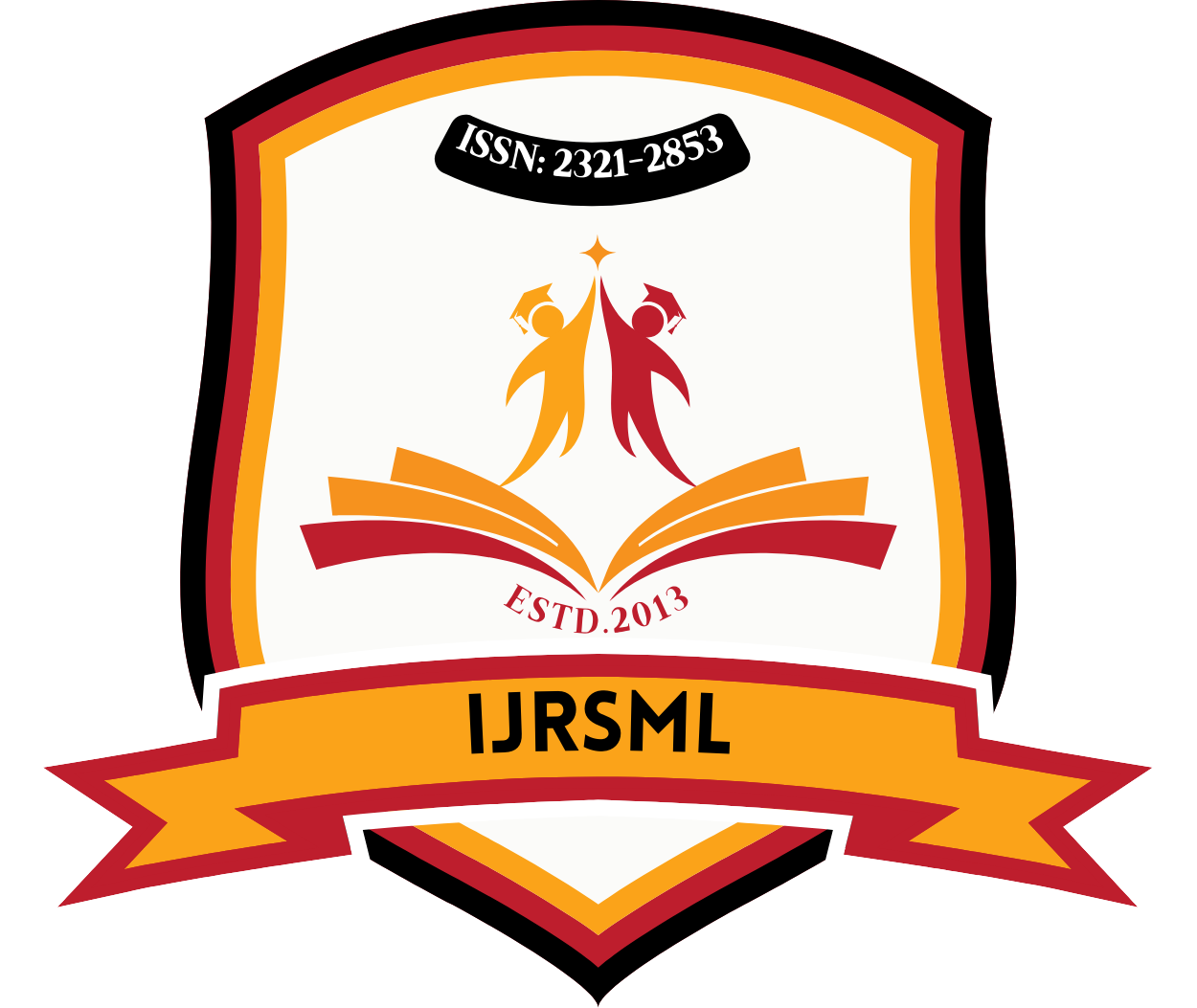![]()
DOI: https://doi.org/10.63345/ijrsml.v13.i7.4
Chandana Pandey
Research Scholar
Maharaja Agrasen Himalayan Garhwal University
Uttarakhand, India
Abstract
The integration of Artificial Intelligence (AI) in telemedicine has emerged as a revolutionary solution to address healthcare disparities in rural and linguistically diverse regions. One of the significant barriers to effective telehealth delivery is language a challenge particularly prominent in multilingual rural communities. This study explores the role of AI-powered translation tools in enhancing rural telemedicine by enabling real-time, accurate communication between healthcare providers and patients speaking different regional languages. Through a comprehensive literature review, stakeholder analysis, and field-level examination of existing implementations, the manuscript investigates the usability, accuracy, cultural appropriateness, and accessibility of AI translators in rural medical contexts.
Keywords
AI, translation tools, telemedicine, rural healthcare, multilingualism, language barriers, NLP, healthcare access, real-time translation, digital health
References
- Flores, G. (2006). Language barriers to health care in the United States. New England Journal of Medicine, 355(3), 229–231. https://doi.org/10.1056/NEJMp058316
- Wu, Y., Schuster, M., et al. (2016). Google’s Neural Machine Translation System: Bridging the Gap between Human and Machine Translation. arXiv preprint. https://arxiv.org/abs/1609.08144
- Geva, M., et al. (2022). On the Dangerous Use of NLP in Clinical Settings. Findings of ACL 2022, 3761–3771. https://aclanthology.org/2022.findings-acl.297
- World Health Organization. (2021). Global strategy on digital health 2020–2025. https://www.who.int/docs/default-source/documents
- Mishra, A., Joshi, N., & Patnaik, S. (2020). NLP Challenges in India’s Tribal Dialects. Journal of Language Technology, 15(2), 45–62.
- Gogia, S. (2019). Telemedicine: A Practical Guide for Professionals. Elsevier Health Sciences.
- Sharma, N., et al. (2021). Digital Literacy in Rural India: Barriers and Opportunities. Digital India Journal, 6(3), 123–135.
- India Ministry of Health. (2020). National Telemedicine Guidelines. https://www.mohfw.gov.in/pdf/Telemedicine.pdf
- Banerjee, D. (2020). The impact of COVID-19 on rural mental health in India. Asian Journal of Psychiatry, 54, 102301.
- Bansal, S., & Suri, R. (2022). Evaluating Multilingual NLP Models for Indian Languages. Transactions of the ACL, 10, 180–195.
- Google Research. (2022). AI and Healthcare Communication Tools. https://research.google
- (2023). Azure Cognitive Services—Language API. https://azure.microsoft.com/en-in/services/cognitive-services/translator/
- Jain, A., et al. (2022). Multilingual Healthcare Chatbots: Current Trends and Future Directions. Health Informatics Journal, 28(1), 85–102.
- Reddy, S., & Narayanan, A. (2021). AI in Public Health: Challenges and Possibilities. Indian Journal of Public Health, 65(4), 349–355.
- Choudhury, M., & Pandey, A. (2020). Speech Technologies for Low-Resource Indian Languages. Proc. of LREC 2020, 52–59.
- Vaidyanathan, G. (2020). COVID-19 and the language of care. Nature India. https://www.nature.com/articles/nindia.2020.60
- Mehta, P., & Kaul, S. (2021). Bridging Healthcare Gaps with Technology. NITI Aayog Discussion Paper. https://www.niti.gov.in/telemedicine
- Dutta, A. (2023). Ethics of AI in Health Interventions in South Asia. AI & Society, 38, 123–136.
- Khan, R., et al. (2023). Dialectal Bias in NLP and Its Healthcare Implications. Computational Linguistics Journal, 49(2), 303–320.
- Rajput, S., & Singh, T. (2022). Role of AI in Rural Health Infrastructure. Indian Journal of Medical Informatics, 14(1), 19–28.
